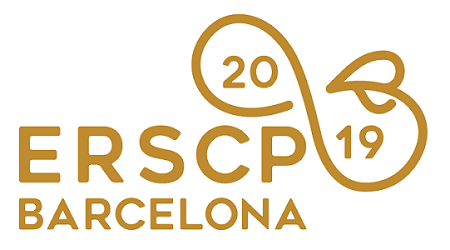Papers Proceedings »
A Tool for Charting Circular Consumption Journeys
Much circular economy literature highlights that products should be designed to last long, be fit for circular (re-) production flows, and be offered through circular services. While this is essential for bringing about a transition to a circular economy, changes in consumption are equally important. Transitioning from linear consumption processes (i.e. buying new products, using, and disposing of them as trash) to circular consumption processes (i.e. obtaining pre-used products, using, and passing them on to others) can however be challenging for people as this commonly entails different activities and practicalities. For instance, circular paths of consumption, such as renting, borrowing, or trading products so that they are circulated from consumer to consumer commonly require more time, effort and planning than linear paths of consumption. Hence, gaining insight into what different circular consumption processes entail for people, compared to linear processes, is key for developing products and services that make circularity convenient and preferable in everyday life. Yet, the available support to explore what circular consumption processes entail for people is insufficient. Therefore, this paper aims to propose a tentative tool for charting circular consumption journeys, which can support the development of products and services fit for circularity. The process for developing this tentative tool has been based on three main research activities. First, four workshops with designers, product developers and product managers from five companies were conducted to verify the need for the tool and to identify the requirements on it. The participants were asked to explore circular consumption journeys related to their product and service offers aided by different types of workshop material. Second, a study was conducted to gain deep insight into the practicalities of circular consumption processes. The study was carried out together with an upper secondary school, in which 105 pupils tried out circular paths of consumption and documented their activities and experiences in diaries and reflective reports. Third, a first version of the tool was applied by three teams of design students in their master thesis projects to chart consumption journeys relevant for their projects. In parallel with these activities, a team of researchers continuously developed and refined the tool based on gained insights. The proposed tool helps designers and product developers to chart people’s consumption journeys step by step. Different types of consumption journeys can be mapped by linking consumer activities and actions identified to be of special importance for circular journeys compared to linear journeys, such as inspecting, cleaning, and dismantling/recombining products. By doing so, insight can be gained regarding critical barriers that may hinder people from engaging in circular consumption. Such insight is vital when identifying new requirements and developing circular products and services. Additionally, to charting consumer journeys based on empirical data, the tool can be used to chart imagined journeys, for instance when exploring what an ideal journey would look like. Overall, the proposed tool can aid organisations to both increase their understanding of circular consumption processes and to explore opportunities to develop products and services for a circular economy.
